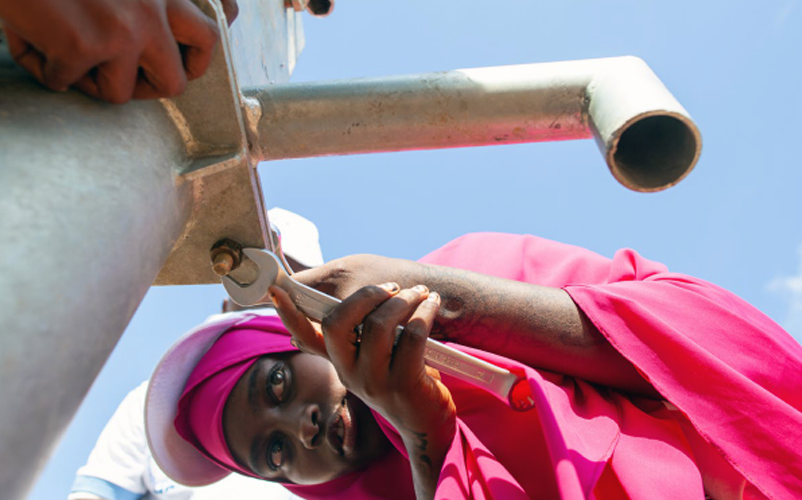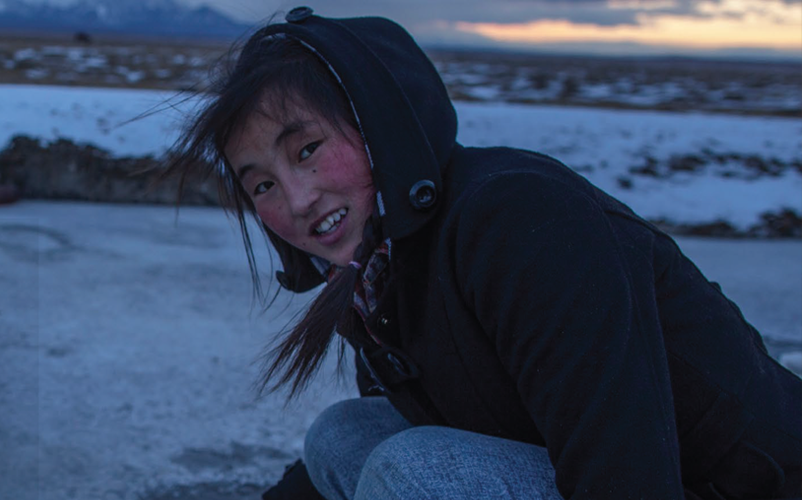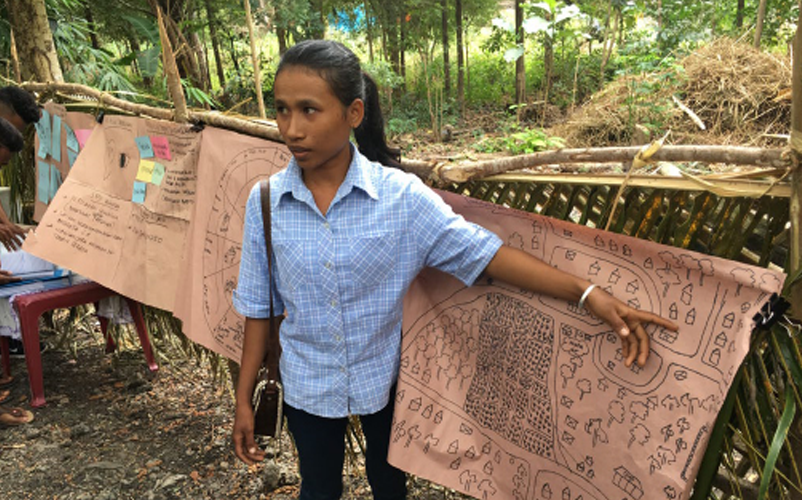In Australia, and around the world, disasters disproportionately and often severely impact on children and youth. New international guidelines have been developed and refined to give worldwide access to expertise, communities-of-practice and networks of disaster risk reduction practitioners.
Too often, events such as cyclones, bushfires, floods and slow-onset hazards such as sea-level rise and drought affect the health, education, living situations and decent work opportunities for children and youth—with lifelong implications. Seeing children and youth merely as victims can increase the potential for greater harm. While the effects of disasters can be tragically severe for children and youth, they must be viewed as important to stakeholders and agents of change. The perspectives of children and youth and their involvement are needed to reduce their exposure to risks and increase their personal resilience as well as the resilience of their families and their communities.

Muslima, age 18, from Somalia learns how to install a water pump at a centre that provides training to displaced youth in construction, engineering and plumbing.
Image: ©2019 UNICEF/UNI226037/Mark Naftalin
Responding to the increased frequency and severity of natural hazard events and the need to involve all of society in finding solutions, the United Nations Office of Disaster Risk Reduction (UNDRR) has published the Words into Action guidelines: Engaging Children and Youth in Disaster Risk Reduction and Resilience Building. The new guide offers practical ways for authorities, practitioners and young people around the world practical ways to work for and with children and youth to implement the Sendai Framework for Disaster Risk Reduction 2015–2030. The guide includes examples of how children and youth are already raising safety awareness in schools, homes and in their communities. This is improving areas of early warning systems and risk assessment technologies and motivating peers and adults to take action on climate change.
The guide is a comprehensive 132-page resource and offers:
- 300-plus disaster risk reduction-related resources and 60 case studies and web links to disaster risk reduction initiatives around the world
- values-based recommendations to safeguard children and youth to advance their rights and engage them
expert advice on inclusive disaster risk reduction that focuses on gender equality, disability, age, socio-economic status, Indigenous Peoples and ethnic minorities, migrants and displaced populations - priority actions for collective benefit in the areas of education, health and nutrition, water, sanitation and hygiene, social protection, child protection, livelihoods, the environment, public open spaces and placemaking as well as shelter, housing and human settlements.

Image: ©2018 UNICEF/UNI134464/Brian Sokol
More than 100 disaster risk reduction experts including youth, United Nations and non-government organisations, government officials, academics and consultants worked to develop the guide. They were assisted by advisory team members from UNDRR, UNICEF, Save the Children, Plan International, the United Nations Major Group for Children and Youth, United Nations Women, the United Nations Population Fund, World Vision and the International Federation of Red Cross and Red Crescent Societies.
In the guide, child and youth representatives from the United Nations Major Group for Children and Youth offer readers guidance for its use. For example:
Engaging youth and children, along with thoroughly comprehending the challenges faced and the solutions offered, while committing to full-fledged inclusion at every stage of planning and execution, is the route to effective and efficient solutions for children and youth and the world. This is what we need and how we want to achieve it. We want to leave the world a better place than we found it. So, are you actively listening? Are you ready to engage children and youth? Because together we can achieve a better and more sustainable future. Let’s start now!



